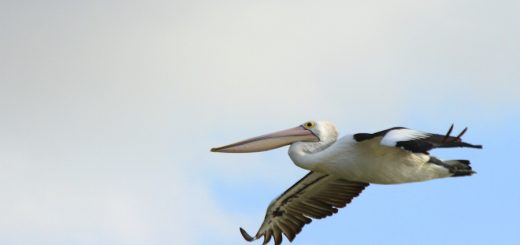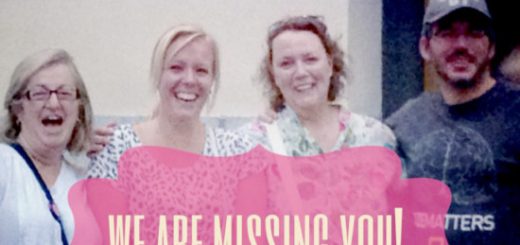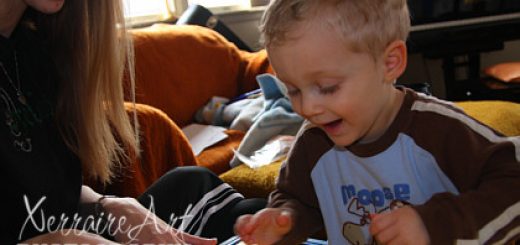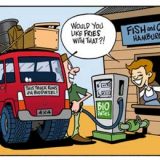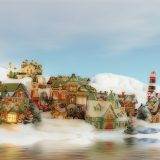Humpback Highway
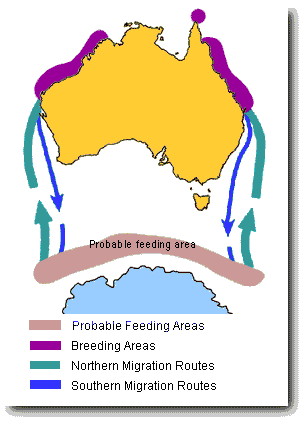 Did you know that each year, Perth witnesses the biggest whale migration on the planet?
Did you know that each year, Perth witnesses the biggest whale migration on the planet?
Every year the whales follow an ancient system of oceans paths that circle the planet called the Humpback Highway.
Ever since John took Laura and I to the Southwest Coast and we spotted whales from a distance at Cape Naturaliste, I’ve wanted to see a whale closer. I asked him if we could go whale watching and he liked the idea too.
Now of late, the weather hasn’t been great and we had this booked since two weeks ago, and they’ve had to postpone because of the weather. We later learned that even if the weather seems fine here on the land, the winds and conditions can be completely different out to sea. The day we got the call for the delay there was a 4 meter swell which made sense to us not to go out.
We finally got the call to change from Saturday afternoon to morning, as they were sure a bad storm was coming in and they would have to cancel completely the afternoon outing. They were trying their utmost to get us out and back in and be safe. I was hoping to go out in the warmth of the afternoon, but as it turned out, morning wasn’t cold in the boat they had. It was very comfortable and covered.

This is our boat, we went with a place called Mills Charters. One of the things that grabbed our attention on their website is that they guaranteed we would see a whale or our next trip was for free.
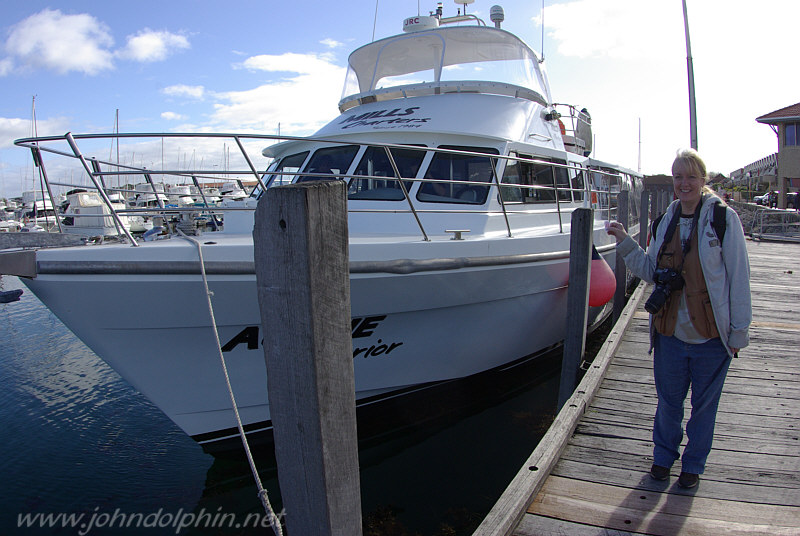
The front of the boat, John asks me to pose with the tickets. I am a little excited about whale watching.

Before we were set to take off, we looked around Hillary’s Boat Harbor, which is where Mills Charters leave from.
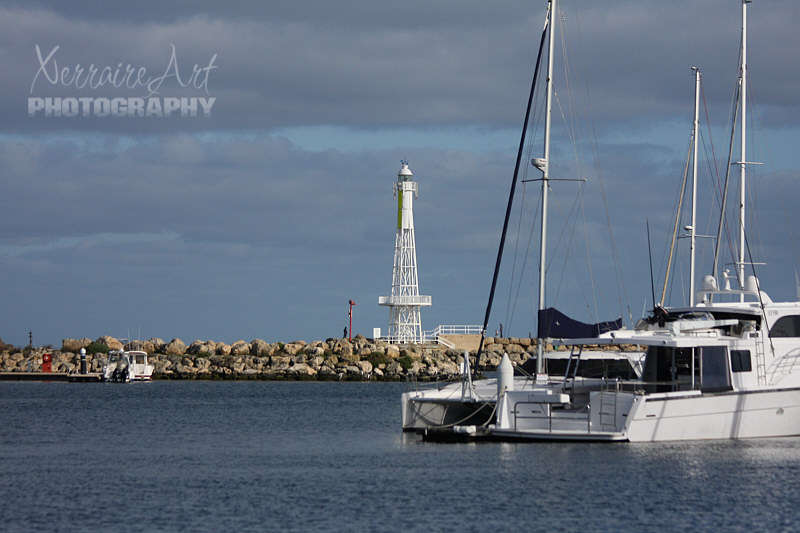
It’s a nice looking harbor, and I like to visit there with the shops and restaurants.
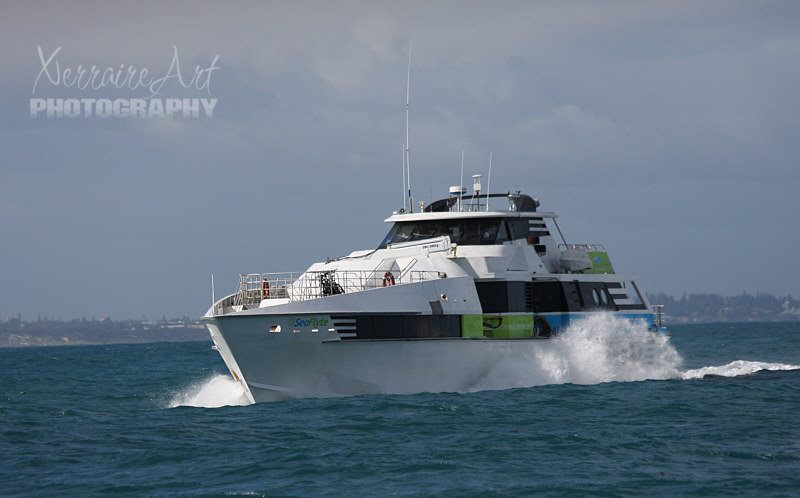
We set sail on time, and we notice as we got into the ocean the ferry from Rottnest Island.
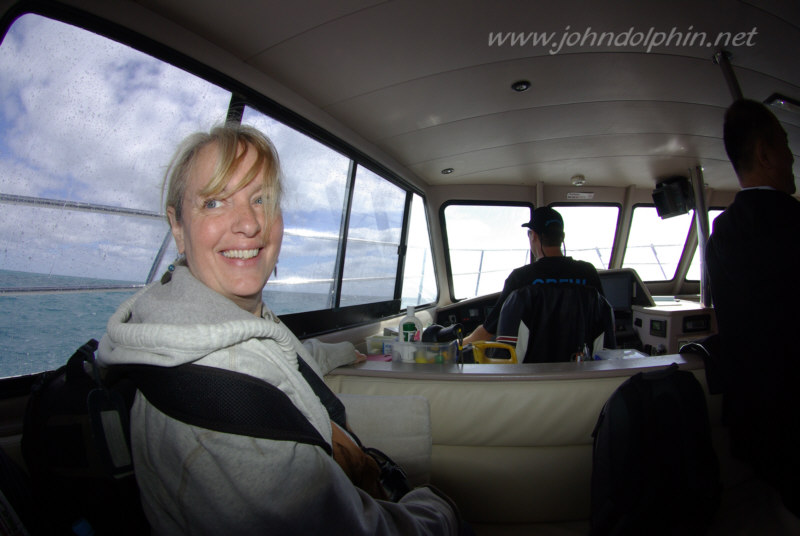
Well inside the boat and off, we notice something I hadn’t counted on…even though we weren’t going out in a 4 meter swell, the boat went up and down, it was a windy day and the ‘waves were choppy’ to quote the Japanese man next to me. We would look out the window and see the horizon suddenly turn into just the sea and then full sky, back and forth the entire trip. Many people got very ill. One lady folded her hands and said constant prayers out loud and sang what I assumed were Japanese hymns. I was doing much the same, but silently.
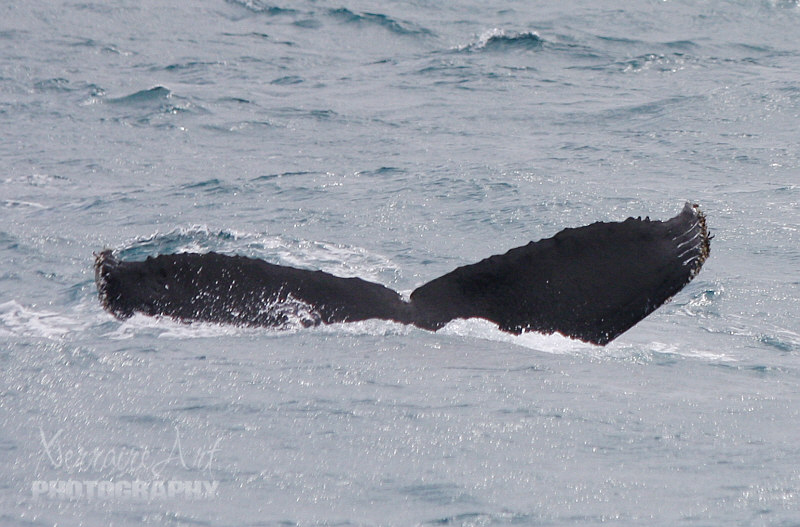
So the way the boat was going up and down, we soon realized that getting an actual photo of these creatures was going to be difficult. This was the first photo I took, and with people helping me not to fall, literally hanging on for dear life with one hand in the back of the boat, and the other hand on the camera shooting what is the most incredible animal I have ever seen.
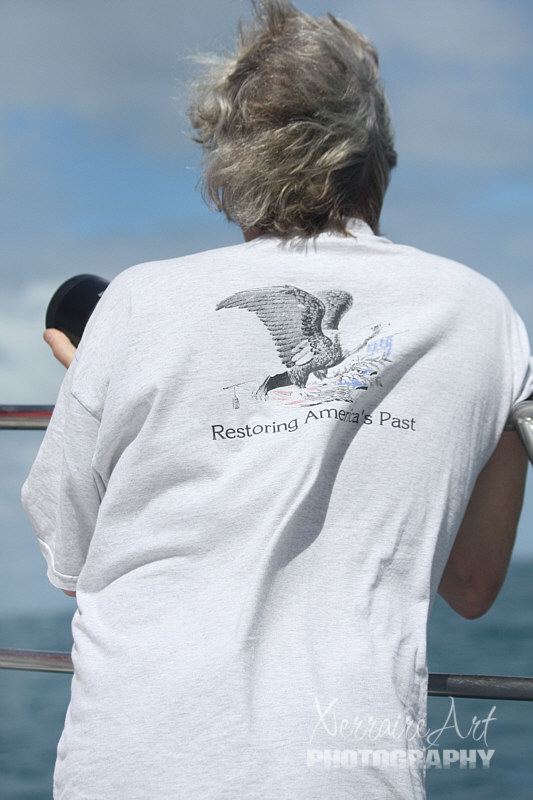
At this point, John could see he had a better chance to get a photo by making a dangerous trek to the front of the boat. The boat would still go up and down, but at least no obstacles. I was too timid to try that walk around to the front, and took this photo from a safer haven down below.
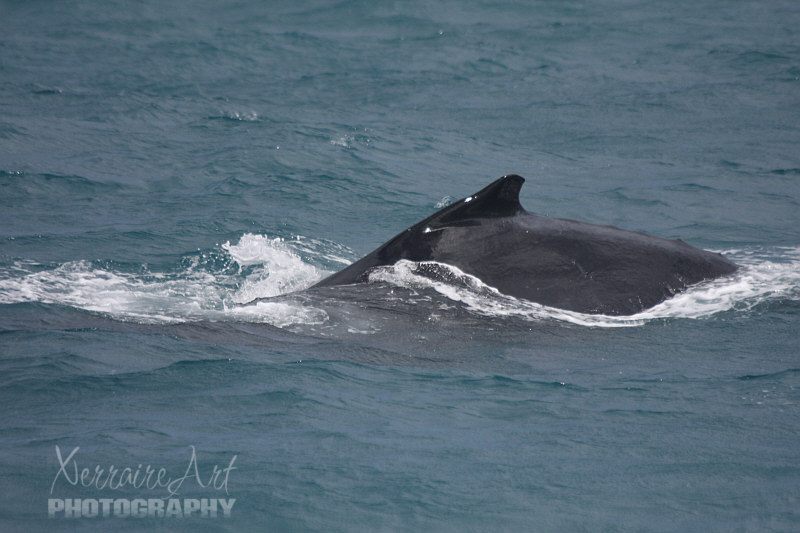
Humpback whales normally swim 3-9 mph (4.8-14 kph), but can go up to 15-16.5 mph (24-26.5 kph) in bursts when in danger. Feeding speeds are slower, about 1.2-3.5 mph. Humpback whales can dive for up to 30 minutes, but usually last only 15 minutes. They can dive to depths up to 500-700 feet (150-210 m).
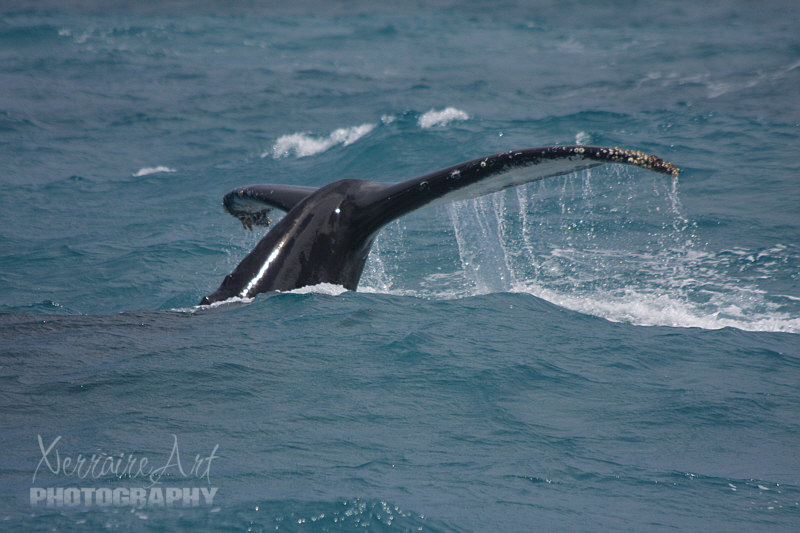
The varying patterns on the tail flukes are sufficient to identify individuals. Apparently their tails are much like our thumbprints.
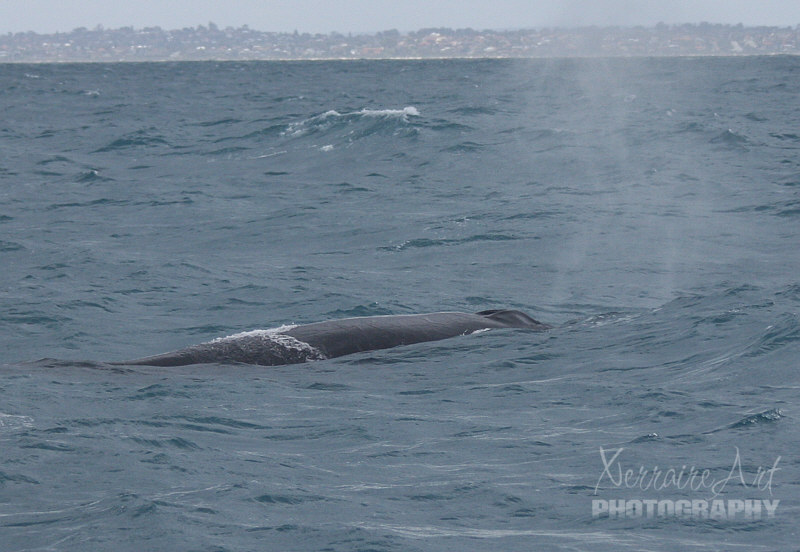
The stubby dorsal fin is visible soon after the blow when the whale surfaces, but disappears by the time the flukes emerge. Humpbacks have a 3 metres (9.8 ft), heart-shaped to bushy blow, or exhalation of water through the blowholes. Because humpback whales breathe voluntarily, the whales possibly shut off only half of their brains when sleeping.Early whalers also noted blows from humpback adults to be 10–20 feet (3.0–6.1 m) high.
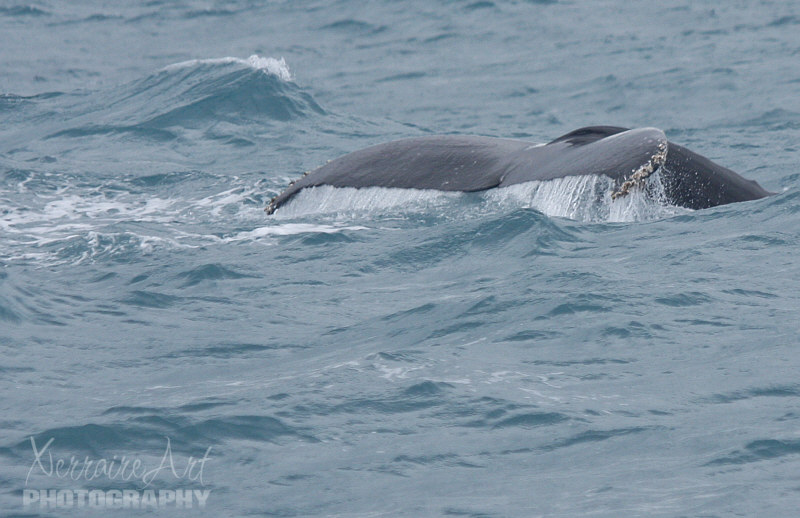
Females typically breed every two or three years. The gestation period is 11.5 months.
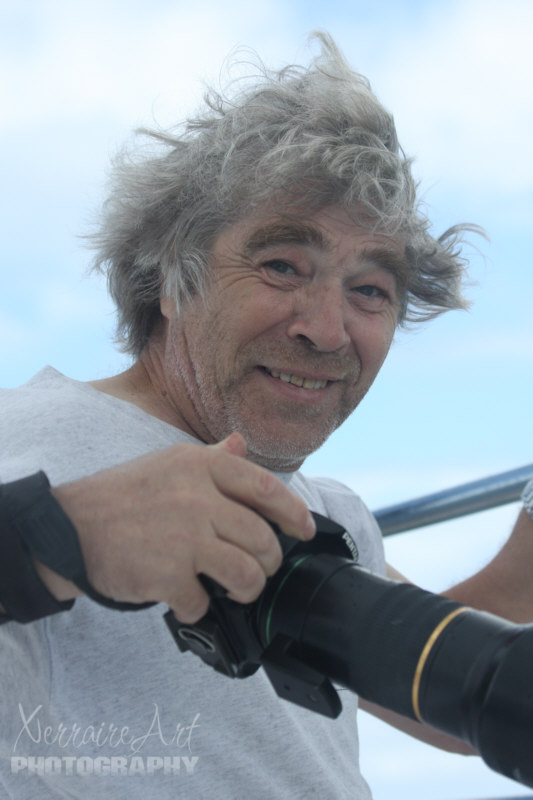
John looks through the boat window to me below, showing me the back of his camera of the shot he got.
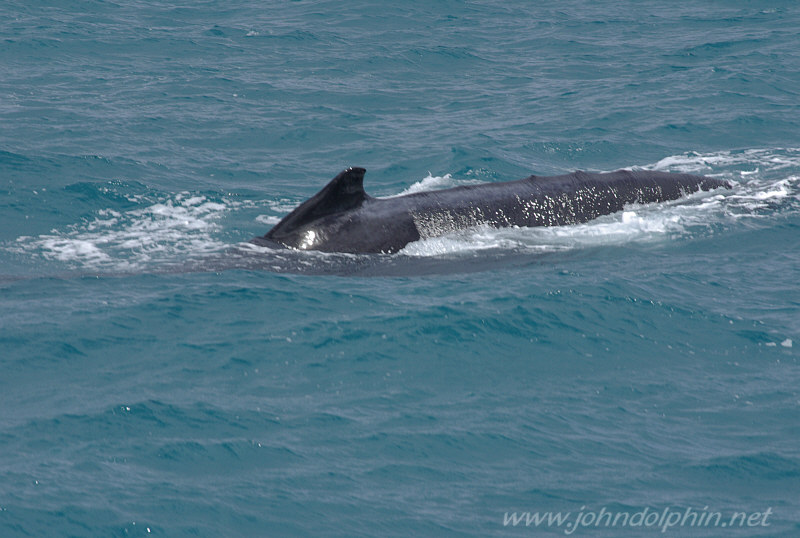
The next photos are some he could get from the front of the boat.
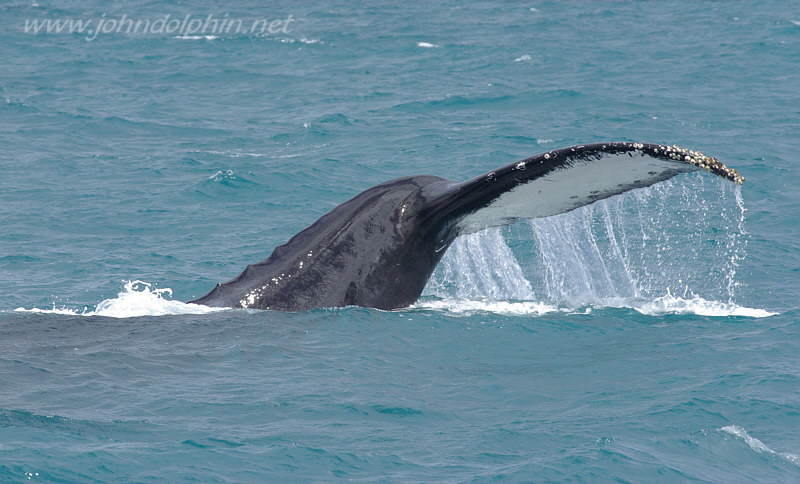
The way the boat went up and down, we were lucky to get any shots at all. It was extremely difficult. Did I mention many people were very sick?
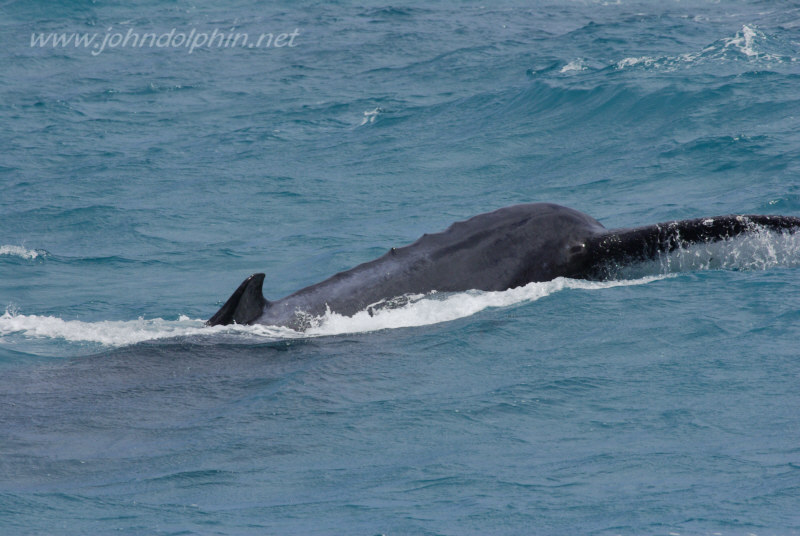
It surprised me how close the whales allowed the boat to get.
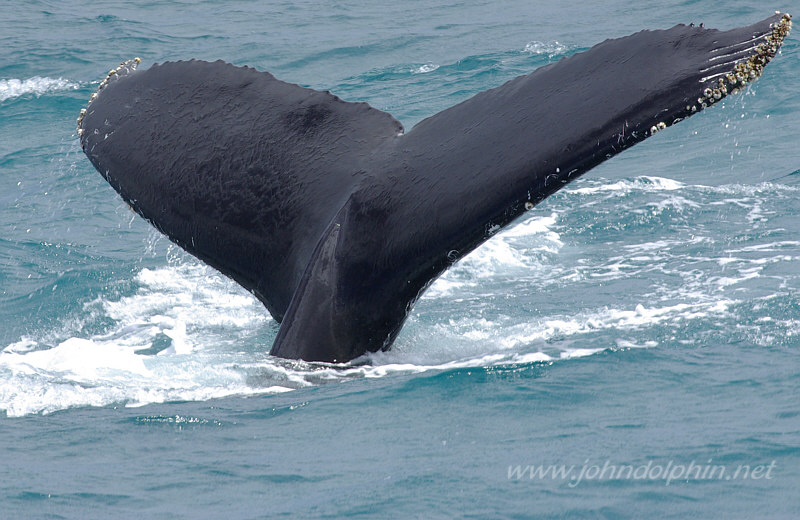
Humpbacks lobtail more when the seas are rough and stormy. We saw this a lot, as the seas were rather rough. At least 3 different species of barnacles are commonly found on both the flippers and the body of the humpback whale. It is also home for a species of whale lice, Cyamus boopis.
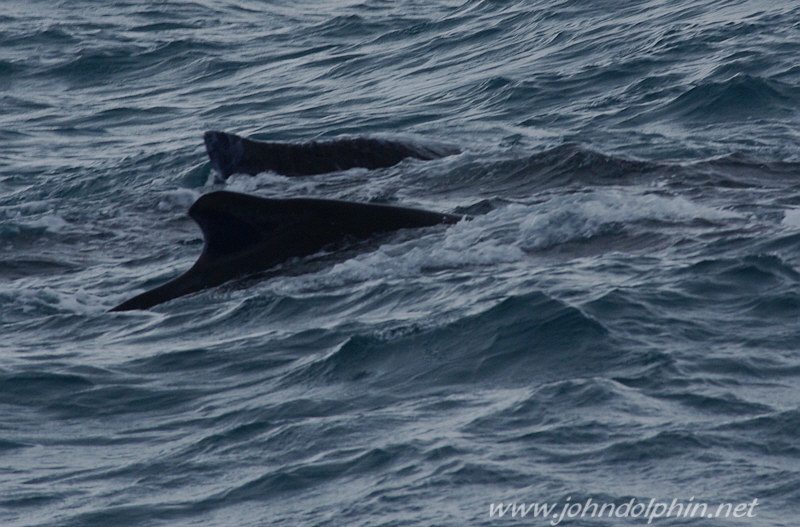
At this point, after not seeing some whales for awhile, I looked out and alerted everyone below, there’s one, no TWO!
So, we didn’t get to see any dramatic whale action, but we did get to see whales. The seas were so much rougher than expected, so I at least feel like I can say I do not get seasick, and the boat ride in and of itself was a true experience. In the end, we had to go out about 20 kilometers out to sea, past Rottnest Island, which John figured was the farthest he’s been out in the ocean. The day was exhilarating and for me, seeing the whales, was one of those “next to God” experiences you hear people talk about…to be close to one of God’s enormous and beautiful creatures, I can’t explain it in just words.
I hope our humble photos can share a little what it was like. John and I are hoping to perhaps go again in the future, on a calmer day.

